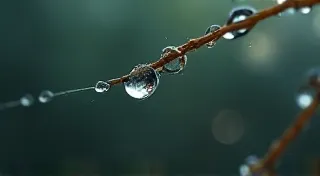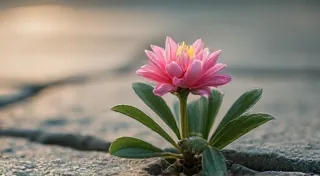The Nest Weaver's Legacy: Craftsmanship and the Cycle of Life
There's a quiet poetry in observing a bird build a nest. It's a drama played out in hushed tones, a symphony of twigs and mud, a testament to instinct and unwavering dedication. We often celebrate the flash of a cardinal's plumage or the soaring grace of a hawk, but the truly remarkable thing, the unsung masterpiece, is the nest itself. It’s a small-scale construction project, dwarfed by skyscrapers and bridges, yet brimming with a profound artistry that rivals any human creation. Just as a master carpenter invests years honing their skill, so too does a robin, a wren, or a mourning dove pour their energy into building a haven for future generations.
Consider the American Robin. Its nest, a seemingly simple cup of mud, grass, and twigs, is anything but. The robin meticulously selects materials, transporting them in their beak, shaping and molding the structure with a precision born from millennia of inherited knowledge. It's not just about shelter; it's about protection, stability, and a quiet assertion of life in a world teeming with dangers. The dedication is astounding. I once spent an afternoon watching a pair of robins, their movements synchronized, building a nest in a thicket near my home. The sheer repetition of the task, the unwavering focus, left me humbled and filled with a deep sense of respect. It was a lesson in perseverance and a beautiful reminder of the innate creativity within the natural world.
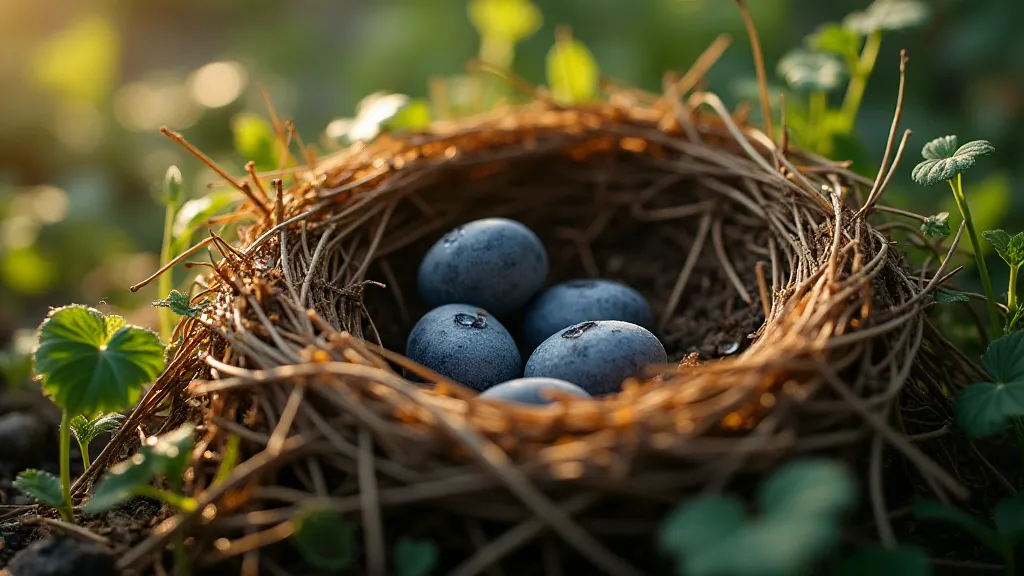
More Than Just Sticks and Mud
The materials used are often dictated by availability, but the birds' discerning taste is unmistakable. They select the strongest twigs, the most pliable grasses, and often incorporate soft materials like moss, feathers, and even animal fur to line the nest, creating a warm and comfortable environment for their eggs and chicks. Certain birds, like the Baltimore Oriole, are renowned for their intricate weaving skills, crafting hanging nests that resemble miniature woven baskets. Others, like the Northern Mockingbird, construct elaborate platforms, sometimes incorporating shiny objects like foil and bits of plastic – an unsettling reflection of our own impact on the environment. The complexity of avian communication, including the choices of materials and their placement, often conveys subtle messages. To understand the depth of this interaction, exploring the language of wingbeats can offer valuable insights.
The process is deeply linked to instinct, but there's also a clear element of individual variation. Each nest is unique, reflecting the bird's experience, the local environment, and perhaps even a subtle personal flair. Just like a human artisan leaving their mark on a handcrafted object, a bird’s nest tells a story of its creation.
A Reflection of Cycles
The nest, of course, is inextricably linked to the cycle of life. It's the birthplace, the nursery, the sanctuary where new generations are nurtured. It represents hope, renewal, and the continuation of a lineage. When a nest is abandoned, weathered, or destroyed, it becomes a poignant reminder of the fragility of existence. I’m reminded of a particularly strong windstorm a few years ago that brought down several nests in my neighborhood. Witnessing the scattered debris, the broken eggs, was deeply saddening, a visceral demonstration of the constant churn of nature. These losses, however, are also part of the cycle; they clear the way for new beginnings, for new nests to be built, and for new life to flourish. The emotional resonance of these moments often echoes across landscapes, intertwining with the feeling of the echo of wings in places touched by loss.
This natural cycle mirrors our own endeavors. Think of a handcrafted wooden chair, lovingly constructed with precision and care. It serves a purpose, provides comfort, and embodies the skill of the maker. It endures, perhaps for generations, a testament to the dedication and artistry of its creator. But eventually, it too will weather, it will decay, returning to the earth from which it came. The constant interplay of creation and decay shapes our experiences and the world around us.
The Echo of Abandonment & Renewal
Finding an abandoned nest can be bittersweet. There's a sense of melancholy, a wistful longing for the life that once occupied it. But there's also an opportunity – a chance to examine the craftsmanship, to appreciate the ingenuity of the bird, and to consider the ephemeral nature of all things. I'm always fascinated to see the details—the choice of materials, the construction techniques, the subtle imperfections that reveal the bird’s unique style. Each abandoned nest is a silent artifact, a tangible link to the past, whispering tales of life, loss, and renewal. The sheer artistry involved is comparable to the beauty and complexity found in the natural world’s color palettes; a close look at chromatic reverie within avian plumage illuminates the breathtaking spectrum of beauty and adaptation.
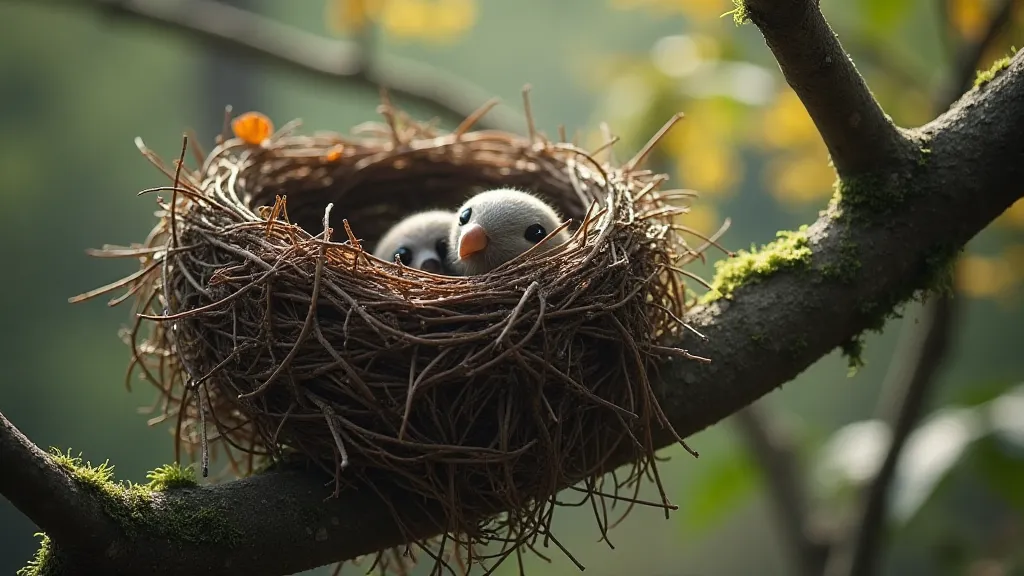
A Legacy in Tiny Twigs
The nest weaver leaves no grand monument, no inscription carved in stone. Their legacy is found in the continuation of their species, in the fledglings that take to the skies, and in the intricate web of life that sustains us all. Observing these tiny masterpieces, these unassuming structures, inspires a profound sense of wonder and appreciation for the natural world. It’s a reminder that beauty can be found in the simplest of things, and that even the smallest creatures possess a remarkable capacity for creation and dedication. The dedication required to create something of such lasting impact evokes comparisons to the human drive for preservation and restoration—similar to the careful attention given to antique instruments. The restoration of a vintage accordion, for example, showcases a dedication akin to that of the nest weaver, preserving history and artistry for future generations.
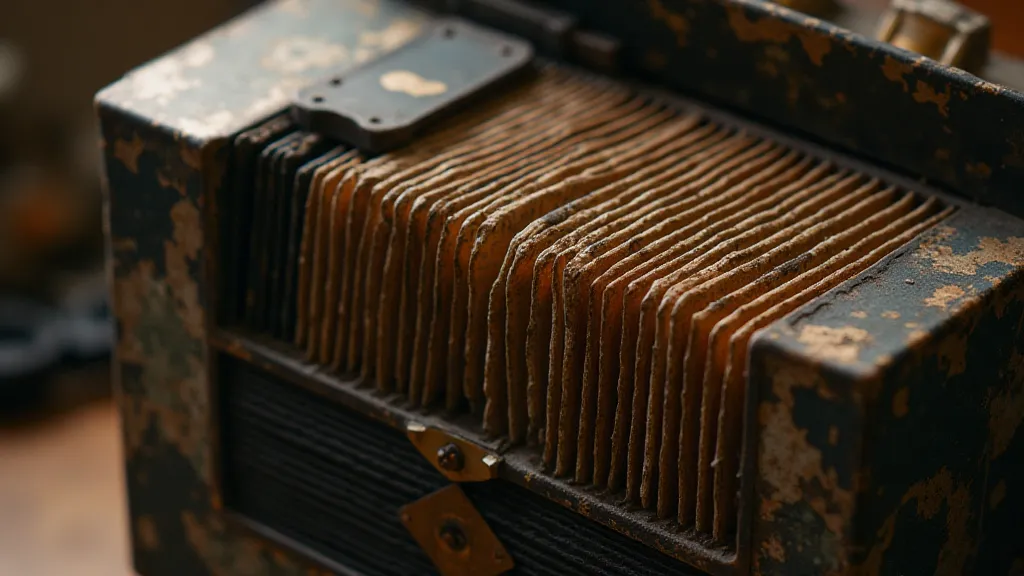
Just as antique furniture or restored musical instruments—particularly instruments like antique accordions—carry echoes of the craftsman's dedication and the history they've witnessed, so too does a bird’s nest hold a quiet dignity. A restored accordion, with its carefully re-glued bellows and meticulously cleaned keys, stands as a testament to human skill and the desire to preserve a piece of the past. It’s a tangible link to a bygone era, just as a weathered nest connects us to the ongoing drama of nature. The accordion represents human artistry; the nest represents natural ingenuity. Both are fragile, precious, and deserving of our respect.
So, the next time you're out in nature, take a moment to appreciate the nest weaver's legacy. Look beyond the vibrant plumage and the graceful flight, and consider the quiet dedication, the inherent artistry, and the profound connection to life that these remarkable structures represent. It’s a lesson in perseverance, a celebration of creation, and a poignant reminder of the cyclical nature of existence. Consider how those cycles shape not only the natural world but also our emotional landscape; the feeling of those moments often leaves an indelible mark, much like the peregrine's descent—a breathtaking spectacle of speed and resilience.
The natural world, in its complexity and beauty, offers countless opportunities for contemplation. From the smallest nest to the grandest landscape, there's always something new to discover, a deeper understanding to be gained. It’s a constant reminder of the interconnectedness of all things, and the importance of preserving the delicate balance that sustains us all. These tiny structures are not mere shelters; they are narratives etched in twigs, whispers of perseverance, and enduring symbols of life's unwavering cycle.



